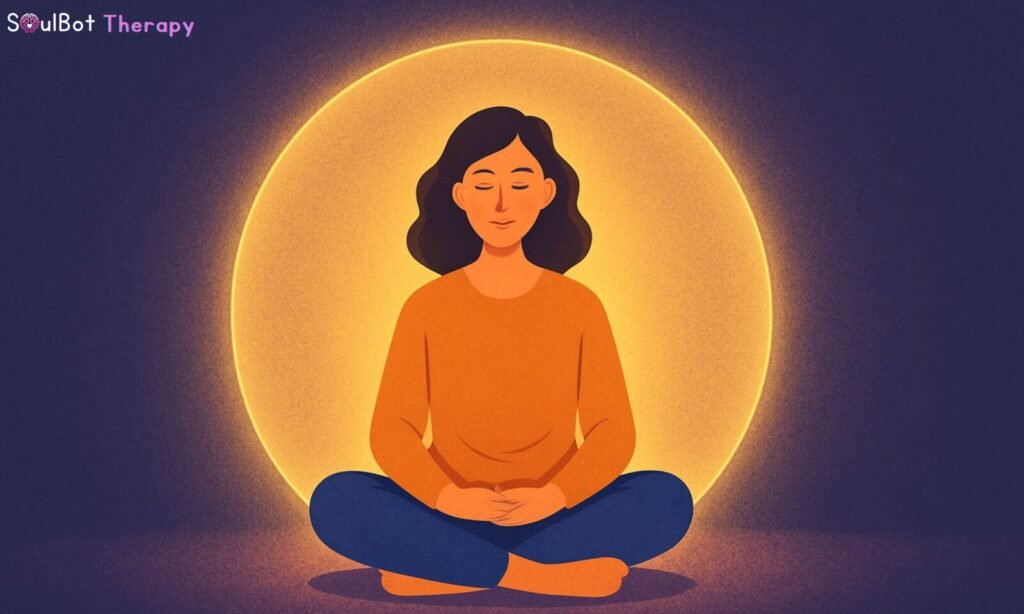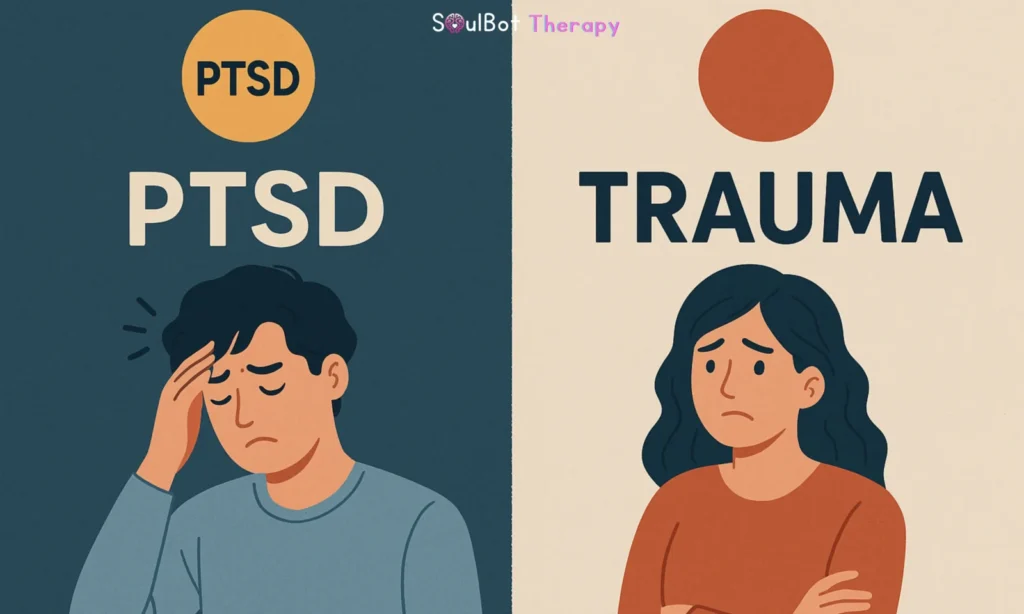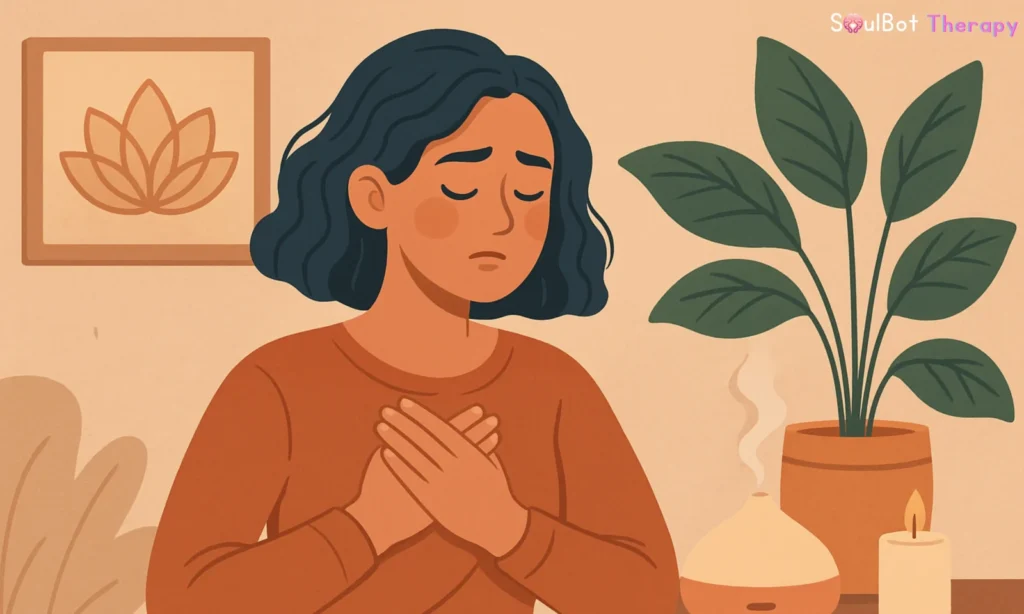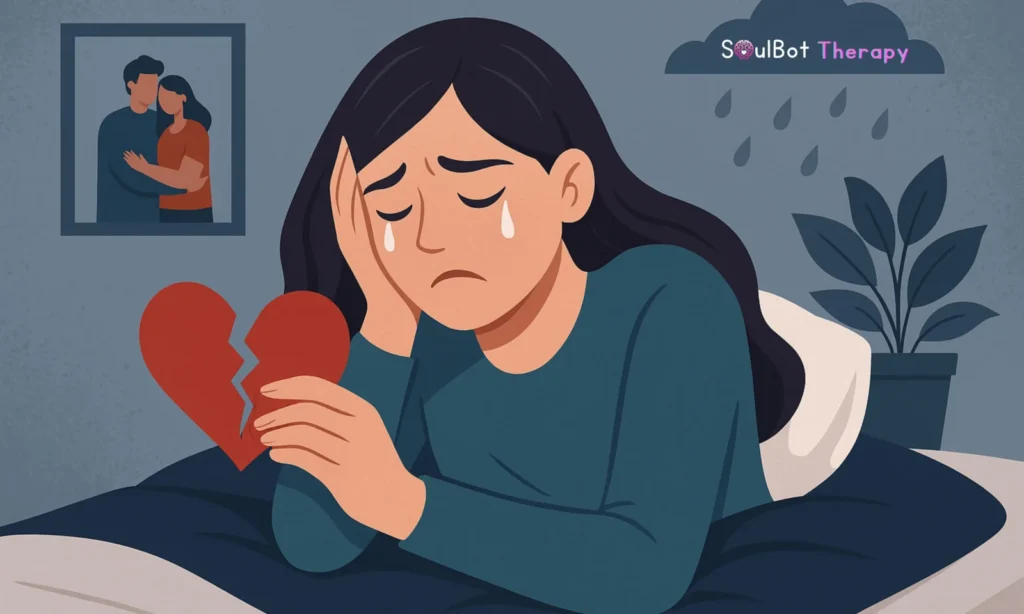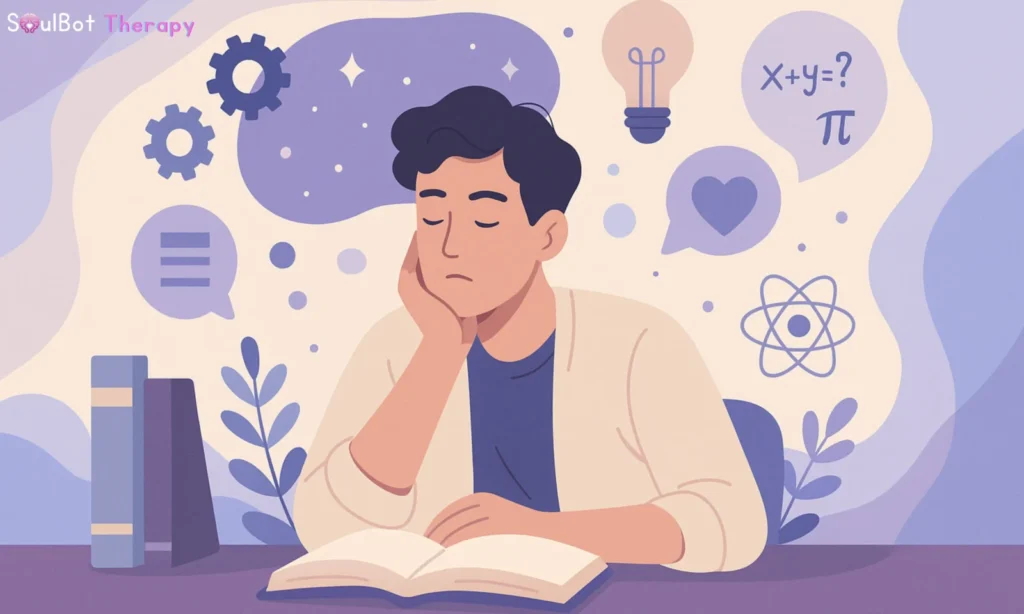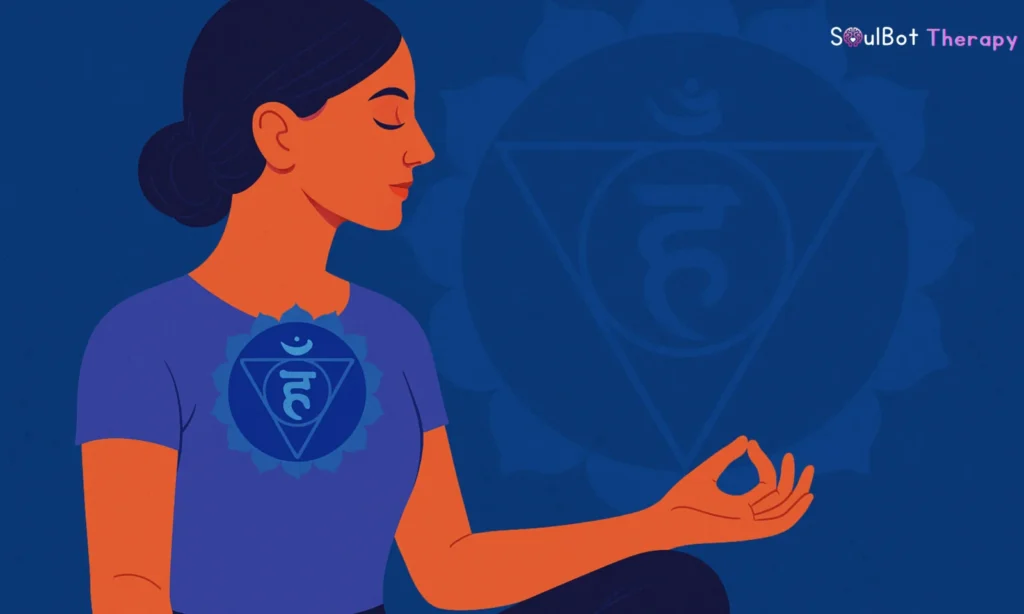Struggling with racing thoughts, sweaty palms, or that constant knot in your stomach? You’re not alone — and there is a way to break the cycle.
CBT techniques for anxiety (short for Cognitive Behavioural Therapy) are simple, science-backed tools that help you challenge negative thinking and take back control.
In this guide, we’ll explore CBT, how it helps, and five powerful CBT techniques you can use today.
🧠 What Is CBT and How Does It Help Anxiety?
CBT (Cognitive Behavioural Therapy) is a proven form of psychotherapy that focuses on how your thoughts, emotions, and behaviours are connected.
The idea is simple:
Change your thoughts, and you’ll change your emotional responses.
CBT works especially well for anxiety because it breaks the “worry → fear → avoid” cycle. Instead of spiralling, you learn to pause, reframe, and respond calmly.
Fact: CBT is effective in treating anxiety in up to 80% of patients, according to research from the American Psychological Association.
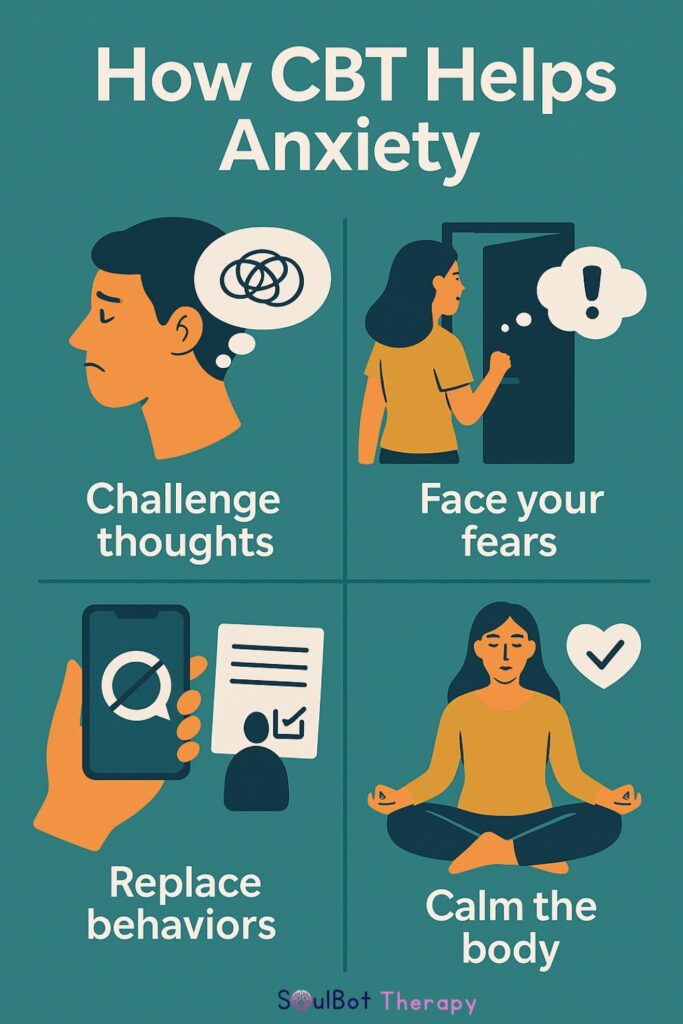
🔄 1. Thought Reframing (Catch–Challenge–Change)
This classic CBT techniques for anxiety helps you spot anxious thoughts and replace them with more realistic ones.
📝 Example:
“I’m going to fail this presentation.”
→ “I’ve prepared well; even if I stumble, that’s okay. I can handle it.”
Try writing your thoughts down and challenging them like a detective. Is there actual evidence? Are you catastrophizing?
🪜 2. Gradual Exposure (Face the Fear Step by Step)
Avoiding what makes you anxious may feel good in the short term, but it feeds the fear in the long term. CBT uses exposure therapy to help you build tolerance gradually.
🧩 Try This:
Create a “fear ladder” list of five things that make you anxious, from least to most intense.
Start small and work your way up with practice and self-soothing tools.
🗣️ 3. Socratic Questioning (Talk Back to Anxiety)
Named after the Greek philosopher Socrates, this CBT technique for anxiety involves asking powerful questions to challenge irrational beliefs.
Ask yourself:
- What’s the worst-case scenario — and how likely is it?
- Have I faced this before and survived?
- What advice would I give a friend in this situation?
📓 4. Thought Journaling
This one’s simple but incredibly effective.
Each day, write down:
- The anxious thought
- The situation that triggered it
- Your emotional + physical reactions
- A more balanced thought response
🧠 This builds emotional awareness and helps break patterns of worry
🧘 5. Behavioral Activation
Anxiety often leads to avoidance — skipping social events, cancelling plans, and staying in bed.
This CBT tool focuses on doing the opposite by scheduling positive, mood-lifting activities.
Even small actions (e.g., a walk, a call, or music) can retrain your brain to associate behaviour with relief instead of fear.
🤖 Can AI Help with CBT for Anxiety?
Absolutely. Tools like SoulBot Therapy use CBT principles to:
- Help you reframe negative thoughts
- Track anxiety triggers and patterns
- Deliver personalised support based on your mood and test scores
You can also take our upcoming Anxiety Self-Assessment to understand your stress profile better.
🎯 Final Thoughts: Try These CBT Tools Today
Anxiety might feel overpowering, but CBT reminds you: your mind is not your enemy, it’s your tool.
Whether journaling, reframing, or using SoulBot’s AI-powered support, you have practical CBT techniques for anxiety that works.
👉 Try our Anxiety Self-Test (Coming Soon) or explore more SoulBot articles to support your mental wellness journey.



